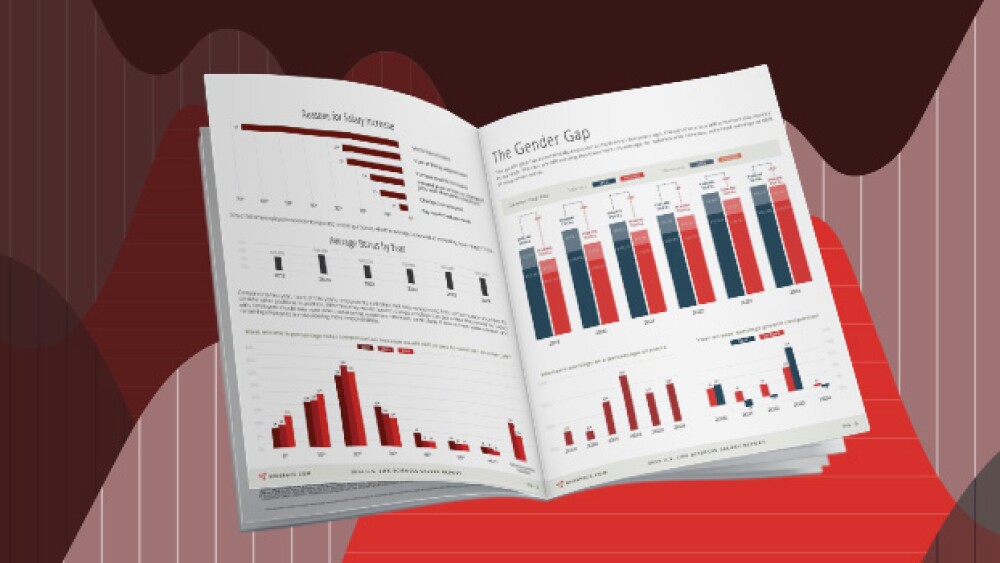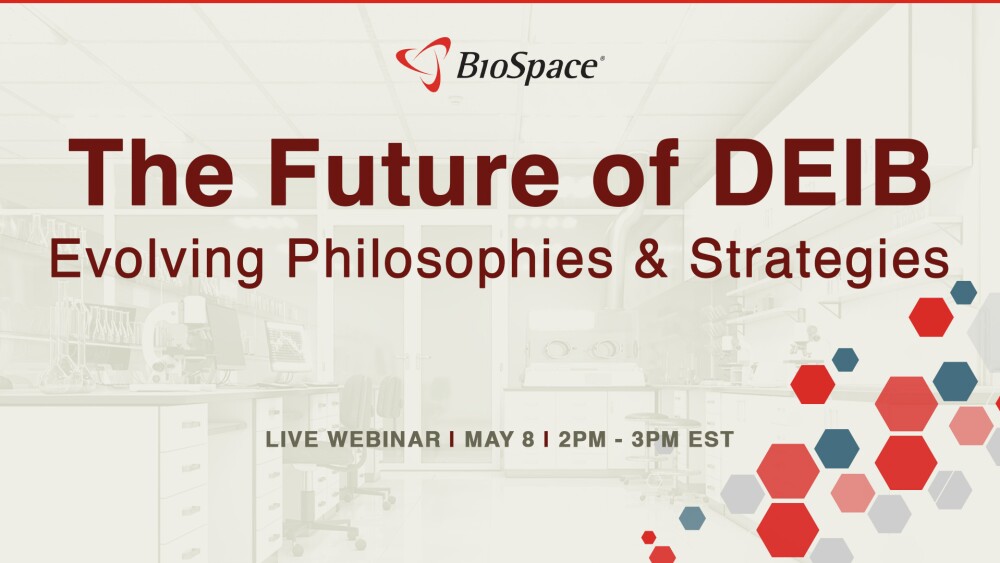Employer Resources
Insights to help you hire and manage your workforce
Job descriptions are the candidate’s first impression of a company. And if that introduction includes exclusionary language, they’re less likely to apply even if they are the perfect fit for the job.
Labor Market Trends
California’s life sciences jobs led the nation last year, according to a new California Life Sciences (CLS) report. However, employment growth slowed and could continue slowing. CLS President and CEO Mike Guerra discusses the critical factors influencing California’s success.
The biopharma job market failed to turn around in May, but employers were still hiring, especially in Indiana and California, based on BioSpace data. The two states had the most job postings live on BioSpace last month, with Indiana showing a 108% year-over-year increase.
Some companies’ preferences for people who already have industry experience and the tough job market are among the hurdles those just starting out in biopharma must navigate, two recruitment experts told BioSpace.
BioSpace has named 50 biopharma companies to its 2025 Best Places to Work list, including Moderna and Sutro Biopharma, whose executives share what makes their organizations special.
BioSpace’s third report on diversity, equity, inclusion and belonging in life sciences examines dramatic shifts in attitude around diversity initiatives.
The study revealed that Yescarta was both safe and effective in adult patients regardless of race and ethnicity.
BioSpace looks at the challenges faced by the Latinx community in the life sciences, from the origins of the challenges, to educational gain and the importance of mentorship.
This summer, BioSpace will release a series of reports looking at the current state of diversity and inclusion in the life sciences.
RECRUITING
Here are some criteria used to identify the highest-quality life sciences candidates and some insight on how you can pick the cream of the crop for your organization.
According to the 2019 BioSpace Ideal Employer Report, health benefits are now one of the top three most important attributes life science professionals consider when looking for an employer.
The opportunity to do interesting and meaningful work continues to be more valuable than money, according to more than 2,700 life science professionals who took BioSpace’s 2019 Ideal Employer survey.
According to the second biennial 2019 Life Sciences Ideal Employer Report by BioSpace, the top three most important attributes cited by life sciences professionals around the world are the opportunity to do interesting and meaningful work, a competitive salary and health benefits.
Practicing “ghosting” can easily demolish your business’ reputation and break down relationships between both potential clients and employees.
According to a new report by BioSpace, the life science leader in news and careers, more than 65% of life science professionals received a salary increase in the last year with the average increase being 4.4%.
BioSpace’s 2024 Salary Report explores the average salaries and salary trends of life sciences professionals.
WEBINARS
This discussion features DEIB leaders from California Life Sciences, MassBio, Eli Lilly and Takeda. We explore changing attitudes in the life sciences workforce, if organizations are adjusting either their DEIB or communication strategies, and how evolving philosophies around DEIB are impacting human resources and talent acquisition activities.

















